Ivancsó István
„Hogy mennyei szent oltárodnál is szolgáljon neked” – A görögkatolikus papi temetés hét imádsága –
Tartalom
Tartalom: 1. Bevezetés; 2. Az imádságok általános szerkezete; 3. A hét imádság tartalma; 3.1. A te nevedért fáradozott; 3.2. Szent hajlékodban; 3.3. Templomod szolgálatára rendelted; 3.4. Bocsásd meg vétkezéseit; 3.5. Enyhítsd elhunyt szolgád hozzátartozóinak sírását; 3.6. Emlékezzél meg; 3.7. Mennyei szent oltárodnál is szolgáljon neked; 4. Az imádságok hangsúlyos pontjai; 5. Szentírási szövegek és utalások; 6. Összegzés. István Ivancsó: The Seven Prayers of the Greek Catholic Priest’s Funeral The most moving part of the priest’s funeral is no doubt constituted by the prayers that are found only in this service. Although the original Greek (printed) Euchologia feature only three such prayers, the praxis of the Hungarian Greek Catholic Church contains seven prayers of this kind. This may be explained with reference to the fact that Hungarian Greek Catholic liturgical texts were translated from Old Church Slavonic. The prayers are structured in the same way: They open with an invocation, continue with a section that may be called captatio benevolentiae (enumerating the good qualities and praises of God), leading to the supplications for the ‘blessed repose and eternal rest’ of the soul of the departed but, in particular, for the ‘forgiveness of his transgressions’. Finally, each prayer closes with the doxology. It is remarkable that this conclusion is not entirely uniform as, in the first prayer, it is directed at the Father and becomes Trinitarian only at the end, while the remaining six are Christological, culminating with a glorification of the Trinity similarly to the first one. A surprisingly large number of biblical quotations and/or allusions – 62 in all – are encountered in the texts of these prayers, serving as evidence of the ancient principle according to which the saintly authors of the liturgy and liturgical texts widely drew on revealed teaching. The present paper deals exclusively with the seven prayers of the priest’s funeral as found in the liturgical practice of the Hungarian Greek Catholic Church. Thus, it does not discuss the history of the service or its different versions but offers an analysis of the prayers.

